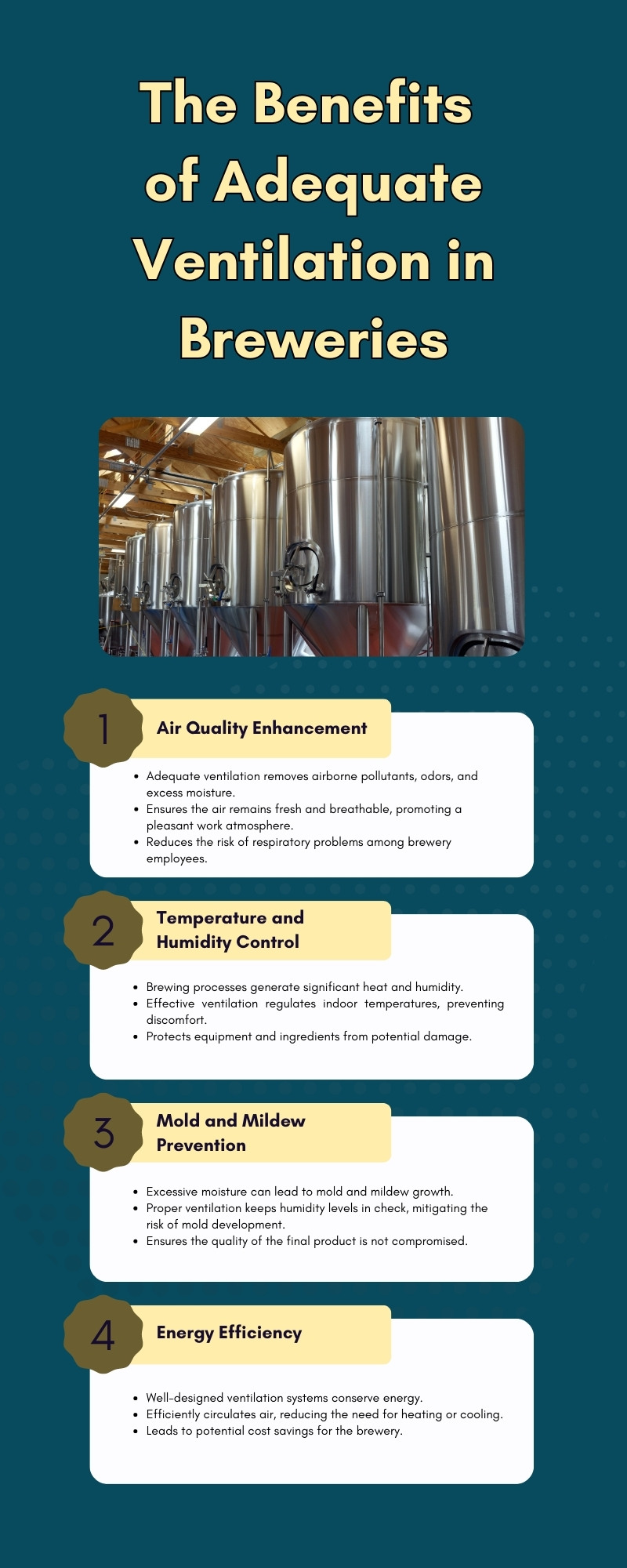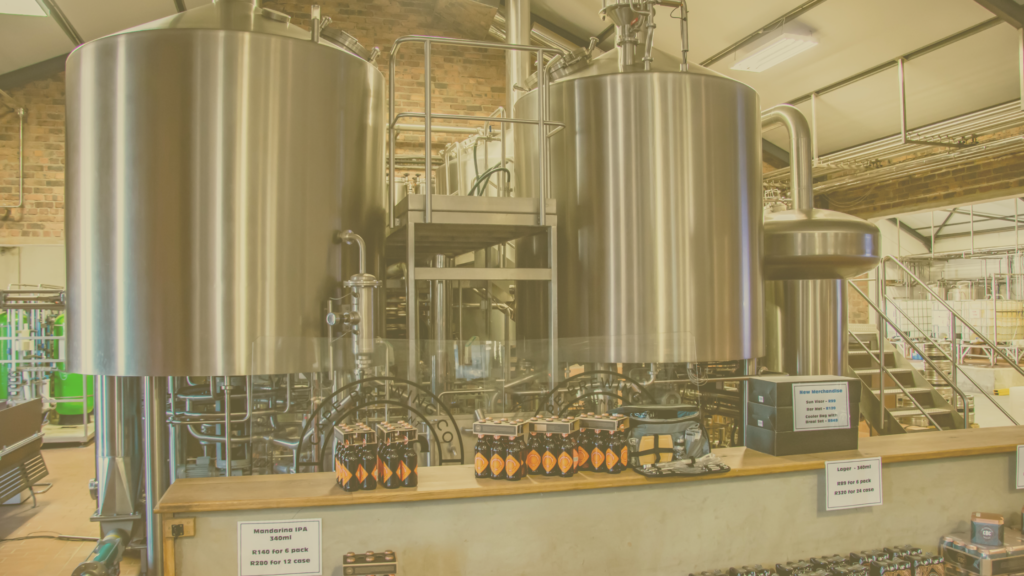Modern breweries prioritize safety, quality, and environmental responsibility in their operations. From handling volatile organic compounds (VOCs) to preventing cross-contamination during fermentation, maintaining a controlled and safe environment is critical. One piece of equipment that plays a pivotal role in achieving these goals is the fume hood. Fume hoods equipped with laminar technology are essential for protecting workers, ensuring product integrity, and meeting regulatory standards.
Understanding Laminar Fume Hoods
Laminar fume hoods, also called laminar flow hoods or clean benches, are designed to control and limit exposure to airborne contaminants in a brewery setting. These hoods maintain a unidirectional airflow—air moves in a smooth, uninterrupted stream from the top to the bottom of the hood—effectively capturing and removing hazardous substances.
The key components of a laminar fume hood include:
Work Surface: Contains spills and keeps emissions localized, ensuring safe brewing conditions.
Blower: Generates airflow and directs contaminated air through the exhaust system.
Exhaust System: Expels hazardous air outside the facility or through advanced filtration systems
Prefilters and HEPA Filters: Trap large and fine particles to maintain a cleaner and safer environment.
How Laminar Fume Hoods Work
Laminar fume hoods create a barrier of clean air between the brewing process and the surrounding environment. By employing smooth, unidirectional airflow, these hoods:
- Protect workers from exposure to hazardous fumes, gases, and cleaning agents.
- Prevent cross-contamination between brews, ensuring consistent product quality.
- Maintain a controlled environment for precise brewing processes.
Air is typically drawn from the cleanest area of the facility to ensure optimal brewing conditions. This continuous flow of clean air helps remove pollutants, reducing health risks for employees and preserving the integrity of the brew.
The Need for Laminar Fume Hoods in Breweries
Employee Safety
Brewing involves handling chemicals, solvents, and gases like carbon dioxide, which can pose health risks such as respiratory issues and skin irritation. Laminar fume hoods provide a reliable way to contain these substances, minimizing exposure and creating a safer workplace.
Product Integrity
Airborne contaminants can impact the taste, aroma, and quality of the brew. By using laminar fume hoods, breweries can ensure their products remain authentic and free from interference, preserving the high standards their customers expect.
Regulatory Compliance
Strict guidelines govern brewery safety and environmental protection. Laminar fume hoods help breweries meet OSHA standards and other regulations, demonstrating a commitment to responsible practices and worker safety.
Cross-Contamination Prevention
Contaminated air can lead to unintended cross-contamination between brews, compromising product consistency. Laminar fume hoods act as a physical barrier, preventing mixing and ensuring the quality of each batch.
Beyond Fume Hoods: Why Ventilation Matters in Breweries
While laminar fume hoods are critical, proper ventilation is another key factor in maintaining a safe and productive brewery environment. Effective ventilation offers numerous benefits:
Air Quality Improvement: Removes airborne pollutants, odors, and excess moisture, creating a healthier workspace.
Temperature and Humidity Control: Regulates indoor temperatures, preventing discomfort and protecting equipment and ingredients.
Mold and Mildew Prevention: Reduces humidity to prevent mold growth, which can compromise both health and product quality.
Energy Efficiency: Optimized ventilation systems circulate air efficiently, reducing heating and cooling costs.
Investing in laminar fume hoods and proper ventilation systems provides breweries with the tools needed to maintain safety, enhance product quality, and comply with regulations. These technologies not only protect workers but also ensure that the brewing process remains consistent and contamination-free.
By adopting these measures, breweries can reduce risks, improve operational efficiency, and build trust with customers who value high-quality, responsibly brewed products.

Ready to Elevate Your Brewery’s Safety and Quality?
National Laboratory Sales offers high-quality fume hoods and laboratory cabinets. With over two decades of experience and a commitment to personalized service, we help customers create safer, more productive environments. Whether you’re upgrading your facility or building a new one, we provide fast shipping and innovative solutions for all your laboratory needs.
Contact us today to find the perfect fume hood and take the next step toward safer, more efficient operations!


